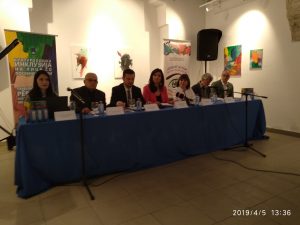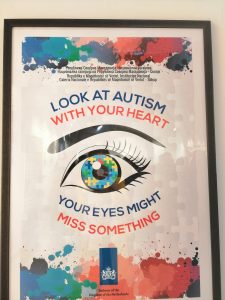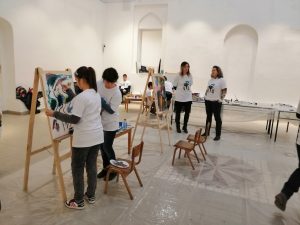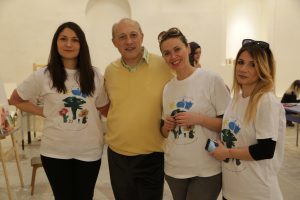Macedonian Scientific Society for Autism took a part in Autism Europe’s campaign. To mark World Autism Awareness Day (WAAD), April 2, Autism-Europe has launched a Europe-wide awareness raising campaign “A New Dynamic for Autism” to call for policies that support the urgent needs of people on the autism spectrum across the European Union, in the context of the upcoming European Parliament elections. We translated all the documents into Macedonian and share them into mass and social media as well.
MSSA is realized the third phase of the project “Art for All” together with National Gallery of Macedonia, and we conducted the exhibition entitled “Spring, Summer, Autumn, Winter … and Spring again”. Namely, there were 60 works on canvas made by children and youth with autism, included from several cities in the country.
The second public forum on “Cultural Inclusion of People with Disabilities” was held in the National Gallery as part of the activities from the project “Art for All”. The forum dedicated to culture as an important factor of change in the process of social inclusion of people with ASD and other disabilities. Ivana Vasilevska Petrovska, M.A., stressed that a society that strives to be inclusive has the obligation to take appropriate measures to provide people with autism opportunities for development and use of their creative, artistic and intellectual potential for their benefit, as well as a benefit for society.
Prof. Dr. Vladimir Trajkovski gave interviews about state of art for ASD in Macedonia and Autism PCP project into three national TV stations.




